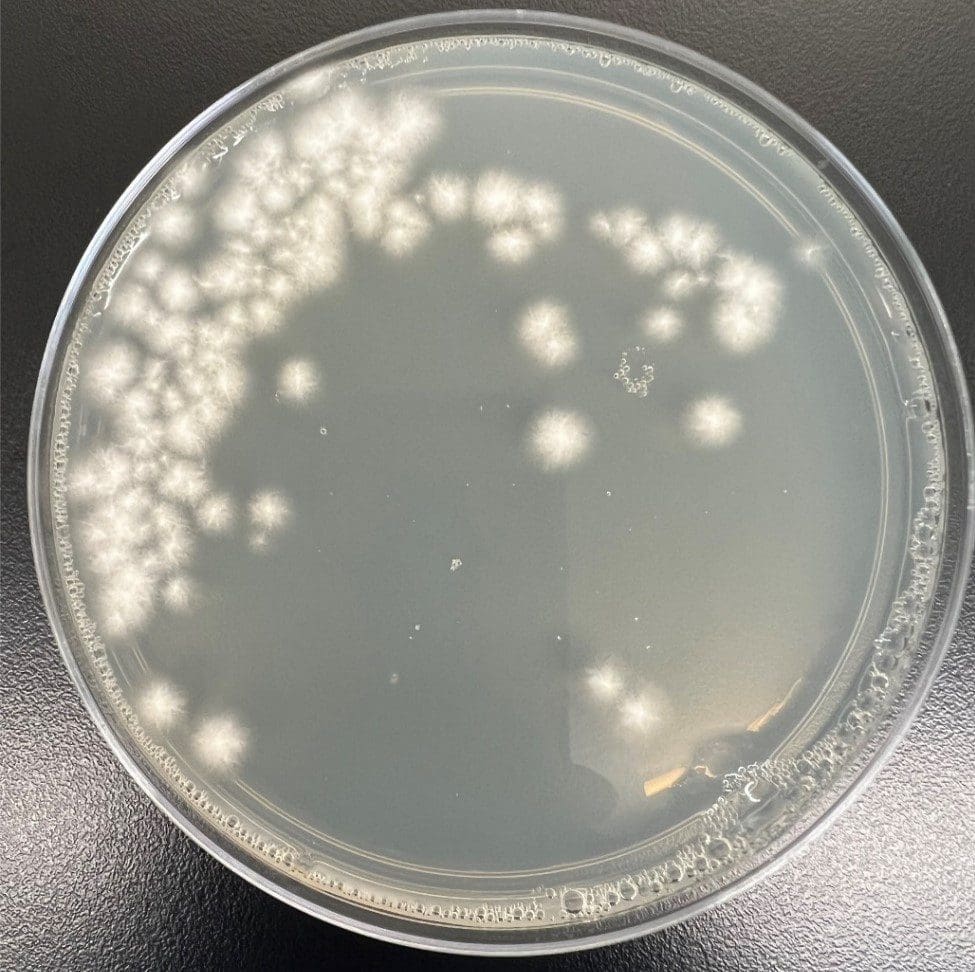
Get A Testing Quote
Penicillium ludwigii
STRUCTURE AND PHYSIOLOGY
P. ludwigii is a drug-resistant, anamorphic fungus found in the environment (often sediment and soils), with one study even demonstrating the potential tolerance of a Brazilian isolate of the fungus to uranium exposure.
TRANSMISSION AND DISEASE
P. ludwigii is a close relative of P. janthinellum, both of which rarely cause infections in humans, and typically reside within soils, but the Penicillium genus as a whole can cause serious illness in immunocompromised patients.
DISINFECTION
Due to the copper-resistant nature of the fungus, P. ludwigii can be used as a challenging microorganism for copper sanitization studies. This fungus can be used to evaluate antimicrobial efficacy of a variety of products, particularly textiles and plastics.
REFERENCE(S)
Ednei Coelho, Tatiana Alves Reis, Marycel Cotrim, Thomas K. Mullan, Benedito Corrêa, Resistant fungi isolated from contaminated uranium mine in Brazil shows a high capacity to uptake uranium from water, Chemosphere, Volume 248, 2020, 126068, ISSN 0045-6535, https://linkinghub.elsevier.com/retrieve/pii/S0045653520302617.
The genome portal of the Department of Energy Joint Genome Institute: 2014 updates. Nordberg H, Cantor M, Dusheyko S, Hua S, Poliakov A, Shabalov I, Smirnova T, Grigoriev IV, Dubchak I. Nucleic Acids Res. 2014,42(1):D26-31.
Share

